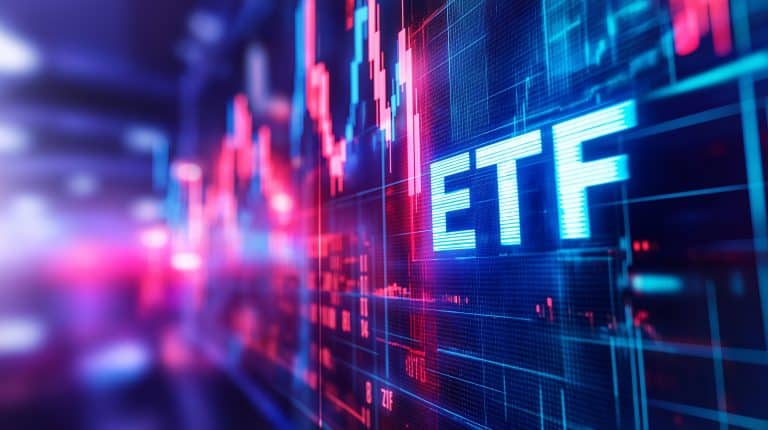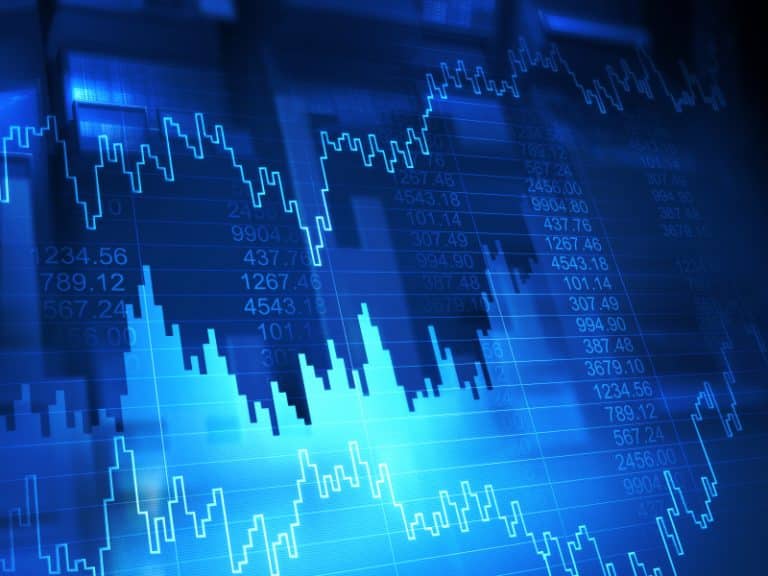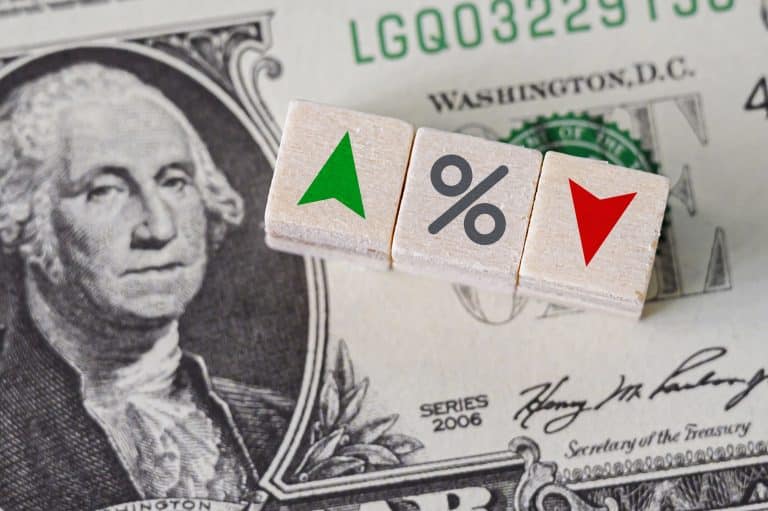The Economic Tightrope: Understanding the Signals Amidst Mixed Data and Market Volatility
Stocks stumbled in the third quarter as interest rates rose to the highest yields since 2007. The decline was low single digits. As for the much-anticipated recession, the data remains mixed. Some believe the extraordinary level of fiscal spending this year will enable a soft landing. That seems like a stretch. We have yet to reach the typical two-year lag between rising rates and recession, which points to a downturn in the first quarter of 2024. This timing aligns with the average inverted yield curve (when the yield on 3-month Treasuries exceeds the yield on 10-year Treasuries) lag to recession of 13 months (18 months in The Great Financial Crisis). Inverted yield curves have predicted seven of the past seven recessions. Interest rate changes as leading indicators have a good track record when adjusted for the appropriate lags. They’re not perfect, however, and all the stimulus of the past three years adds an element of uncertainty to this cycle.
You may not have noticed that corporate bankruptcies are spiking higher. Bankruptcy filings in August were the most going back to 2000. In other words, August bankruptcies were worse than any month during the Pandemic, the Great Financial Crisis or the Dot-Com bubble. Household name bankruptcies this year include Rite Aid, Yellow (Freight), Diebold and Bed, Bath & Beyond. Job losses from bankruptcies are supportive of the recession narrative as they will pressure consumers’ wallets and lenders’ loans. We have been warning of a coming recession for a couple of quarters. Where is it? In the fable The Boy Who Cried Wolf (one of Aesop’s Fables), guess what happened the third time the boy cried wolf? The wolf showed up and ate all the sheep. In one version the wolf also eats the boy.
The Economy
Real GDP likely grew at a 2 to 3% rate in the third quarter, according to most private forecasters and the New York Fed’s model, which is forecasting 2.1% growth. At their September meeting, the Federal Reserve Open Market Committee predicted slower growth next year (1.5% in 2024 vs. 2.1% est. for 2023) but no recession. A soft landing in other words. The Fed believes the economy is “expanding at a solid pace,” citing job gains and the unemployment rate. (Although those are lagging indicators.) The Fed says another rate hike remains on the table for 2023, but it is unlikely we think. The committee forecasts cutting rates in 2024, ending the year with Fed Funds around 4% (currently 5.5%) and ending 2025 below 3%. Incidentally, over the last nine tightening cycles, the average number of months between the Fed’s last hike and first cut is 5 months, with a range of 1 month (which happened twice) to 15 months. Regarding inflation, the Fed sees the core Personal Consumption Expenditure Index (PCE) at 3.7% for 2023, falling to 2.6% in 2024 and 2.0% in 2026. Inflation appears to be falling faster than many expected, including the Fed.
What recession signals are we seeing other than rising rates, an inverted yield curve and the rise in corporate bankruptcies? For starters, since 1942, every time inflation exceeded 5.0%, we had a recession. Inflation was well above 5% this cycle. The Consumer Price Index (CPI) hit 9.1% year over year in June of 2022. Fed tightening cycles tend to end in recessions. In ten of the last 13 Fed tightening cycles, or 77% of them, we had a recession. Recall that two years ago the 10-year Treasury yield was only 1.3%. The Fed’s own recession probability model is at its highest reading since 1980, the last time we raised rates this rapidly. The Fed is also doing Quantitative Tightening (QT) and bank lending standards have tightened, normally not something we see until a recession has begun.
The Conference Board’s Index of Leading Economic Indicators (LEI) is a composite of 10 separate leading indicators. Ignore this Index at your peril. It’s been negative for 18 months and is predicting recession. It’s never been negative for 18 months without a recession. We see weakness in industrial production, retail sales and the manufacturing PMI’s, especially for new orders and employment. Housing affordability is at a record low and commercial real estate is weakening, especially office space. Job growth is slowing and job openings falling. Debt is at record levels for the government, corporate and household sectors. National debt as a percentage of GDP is back to the record levels reached in WWII. Finally, growth is slowing globally in the developed markets and China. It matters.
Doesn’t our massive fiscal spending give us hope of muddling through? Yes, we have polluted the economic waters with so much stimulus they have become harder to navigate. Traditional indicators may not be as useful. Forecasting is a hard and largely thankless task. Janet Yellen, former Fed Chair and current Secretary of the Treasury, has a reputation as one of the best economic forecasters. Nevertheless, two months before the Great Recession began, in October of 2007, Yellen said “the most likely outcome is that the economy will move forward toward a soft landing.” It’s complicated, seemingly more than usual right now, which suggests a higher than usual margin for error.
The Financial Markets
The economic data during the third quarter showed more spirit than we would have expected given the near historic pace of Fed tightening and the slowing pace of global growth. The October 2022 high of 4.24% on the 10 – year Treasury failed to hold as a new cycle high of 4.80% was reached October 6, just after the close of Q3. Yields on short Treasuries poked above 5.0% for the first time since 2007.
Although slowing, the persistently better than expected employment and wage data have given rise to renewed hope of a soft landing, i.e., no recession. While we view that as unlikely the position is not without merit. This time is different in a sense because of the gargantuan stimulus. Maybe a soft landing is a 30% probability. We are telling you there’s a chance.
The next Fed meeting is November 1. They did not raise rates in September. They are probably done. The question now turns to earnings as earnings drive stock prices over the long term and often over the short term as well. This is where the rubber meets the road. A recession would result in higher unemployment, less consumer spending, slower GDP growth and lower earnings, which implies lower stock prices.
We began this year with consensus S&P 500 earnings expectations of $247. In March the consensus had been cut 11% to $220, basically flat with 2022. Now, the consensus for this year is $222 and for next year, $245. That would be about 10% growth in earnings, which does not sound like a recession. Something must give, either earnings or the recession forecast.
With the S&P 500 around 4,385 at this writing in early October, the forward price to earnings multiple (P/E) on $245 of earnings is 17.9. If inflation and interest rates fall, as widely expected, stocks are likely to rise. However, if earnings fall 10% to around $200 (to be expected in a recession), then we are talking about a forward P/E of 22. That would be a more negative environment.
Forecasting is a humbling business. We can’t begin to handicap the outcome of developing and ongoing geopolitical risks. Business cycle analysis is hard enough. The stock market may face some challenges over the next year, either from rates, earnings, geopolitics or all the above. Falling inflation and lower rates are on the horizon however, and the stock market will discount an acceleration in growth before it happens. The intermediate and long-term outlook for our companies is robust. Unfortunately, wealth creation by way of the stock market often requires patience.
-Howard F. Ward, CFA










